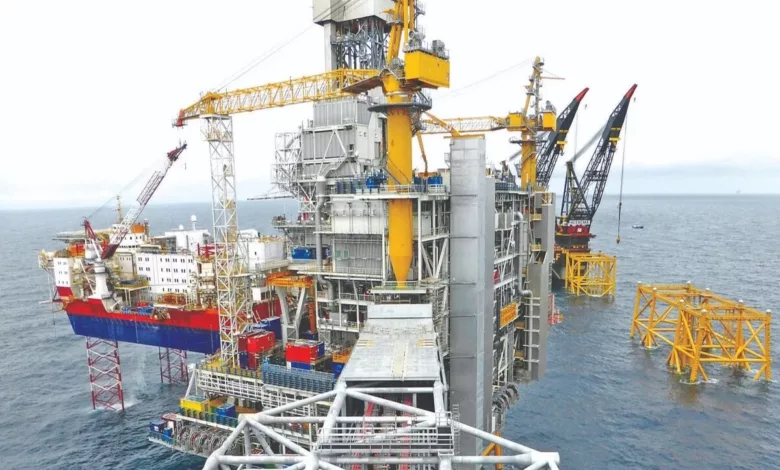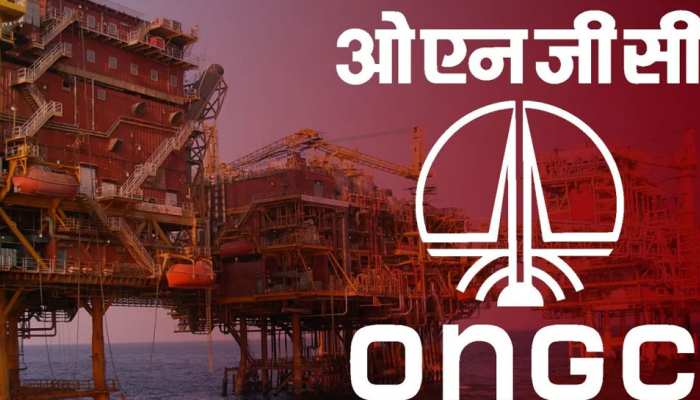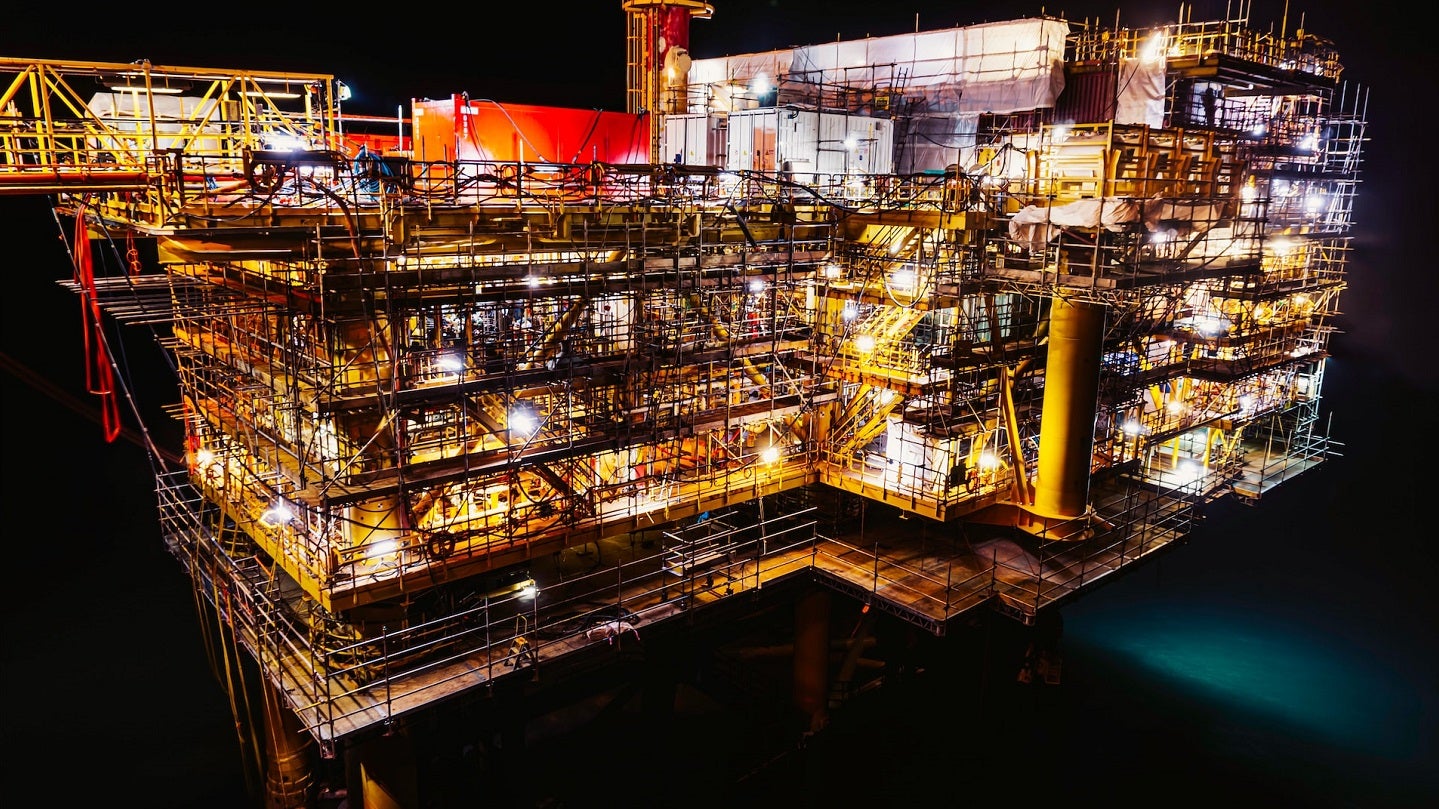ONGC’s Ambitious Plan: Investing $2 Billion To Drill 103 Wells In The Arabian Sea
Oil and Natural Gas Company (ONGC) of India has announced that it intends to spend $2 billion on the 103 new wells it will dig in the Arabian Sea. The choice was taken in light of the rising energy demand and the requirement to investigate additional reserves.

ONGC’s Ambitious Plan: Investing $2 Billion to Drill 103 Wells in the Arabian Sea
ONGC is a state-owned company that concentrates on oil and gas in all its forms, from discovery through processing. It is one of India’s largest oil and gas exploration companies and has been operating in the country for over 60 years. The company has a vast network of oil and gas fields, offshore and onshore, that produces around 70% of India’s crude oil and natural gas.
Oil and Natural Gas Company (ONGC) of India has announced that it intends to spend $2 billion on the 103 new wells it will dig in the Arabian Sea. The choice was taken in light of the rising energy demand and the requirement to investigate additional reserves. This investment is anticipated to increase the nation’s energy security and aid in the achievement of its objective of lowering reliance on oil imports.

According to sources, which cited the PSU’s Director, the oil and gas company ONGC announced that it would spend more than $2 billion to drill 103 wells in the Arabian Sea as part of a plan to turn things around and increase production by 100 million tonnes that aims to increase production by 100 million tonnes.
Pankaj Kumar, Director (Offshore), ONGC, stated that “In the coming two to three years, we would be drilling at a record 103 locations on the Bassein and Satellite (B&S) holdings. By reaching previously inaccessible smaller reservoirs, the wells will help boost production.”
Three fundamental offshore properties owned by ONGC—Mumbai High, Heera and Neelam, and Bassein and Satellite—are the bulk of the company’s projected 21.7 million metric tonnes of oil and 21.68 billion cubic metres of gas output for 2021 and 2022.
According to Pankaj Kumar, the development is anticipated to increase output by more than 100 million tonnes of oil and oil equivalent gas during the course of the field, with a cost of over $2 billion for drilling and facilities.
ONGC is responsible for 60% of India’s oil and gas production, and the development’s increased output will lessen India’s reliance on imports to meet its energy demands. India imports about half of the natural gas used to generate electricity, create fertilizer, and deliver CNG, and more than 85% of the crude oil is used to produce fuels like gasoline and diesel.
The government has also urged PSUs to step up efforts to boost domestic production, which might help reduce India’s $115 billion import bill. Because its fields are old, ONGC has chronically recorded output reduction over the past ten years.

Yet instead of using a fragmented field-centric strategy, it is currently developing a comprehensive asset base plan. B&S Asset includes several different fields, including the world-famous Bassein gas field as well as D1 and Tapti-Daman. Kumar estimates that they now produce 55,000 to 66,000 barrels of oil per day (2.80 million metric tonnes) and 28 million standard cubic metres of gas daily.
Gas production from the Daman field is anticipated to increase by 6-7 mmscmd, while oil production from the Tapti field could almost double to 30,000 barrels per day (bpd). ONGC plans to employ a similar method in its efforts to revitalize the remaining two assets in the western offshore.
According to Kumar, the fourth phase of the renovation of Mumbai High is nearly finished, the next phase is at the execution stage, and the sixth phase is in the conceptualization stage. In the current fiscal year, the output is anticipated to rise for gas and crude oil to 22.099 bcm and 22.823 million tonnes, respectively.
In the coming financial year, oil production will reach 24.636 million tonnes, and in 2024–25, it will reach 25.689 million tonnes. Moreover, natural gas production is anticipated to increase to 25.685 bcm in 2023–2024 and 27.529 bcm the following year.
With the growing demand for energy in India, the government has been focusing on increasing domestic oil and gas production to reduce dependence on imports. The Ministry of Petroleum and Natural Gas Said India’s oil imports are expected to rise to 90% by 2030, up from 77% in 2018. To address this issue, ONGC has been investing heavily in exploring new reserves and enhancing its production capacity.
Benefits of the Investment
The investment in drilling new wells is expected to have several benefits for ONGC and India’s energy sector. Firstly, it will boost domestic production, reducing the country’s dependence on oil imports. This will help India save valuable foreign exchange and reduce its vulnerability to fluctuations in global oil prices.
Secondly, the investment will create new job opportunities in the oil and gas sector, contributing to the country’s economic growth. The project is predicted to create jobs for around 18,000 people, including direct and indirect employment.
Thirdly, the investment will enhance ONGC’s technological capabilities in exploring new reserves and drilling new wells. The company has been investing heavily in research and development to enhance its exploration and production capabilities. The new project will allow the company to test and implement new technologies, further improving its efficiency and productivity.
Impact on the Indian Economy
India is one of the world’s largest importers of crude oil and natural gas, and the country’s energy needs are expected to grow rapidly in the coming years. ONGC’s investment in drilling new wells is expected to boost the country’s domestic production of oil and gas, reducing its dependence on imports.
Moreover, the project is expected to create thousands of jobs, both directly and indirectly, which will have a positive impact on the economy. It will also increase the revenue of the government, as ONGC is a state-owned company, and a significant portion of its profits go to the government.

Challenges Ahead
While ONGC’s investment plan is ambitious, it is not without challenges. The company will have to overcome several obstacles to achieve its goals.
One of the major challenges is the deepwater drilling involved in the project. The wells will be drilled at a depth of around 2,500 meters, which makes the operation technically challenging and expensive. ONGC will need to invest in advanced drilling technology and equipment to carry out the operation successfully.
Another challenge is the environmental impact of the project. Drilling in the sea can adversely affect marine life and the ecosystem. ONGC will have to ensure that it follows all the environmental regulations and takes adequate measures to minimize the impact of the project.
Lastly, the project will face geopolitical challenges. The Mumbai High is located in the Arabian Sea, which is a disputed area between India and Pakistan. ONGC will have to navigate the geopolitical tensions to ensure the smooth execution of the project.
ONGC’s investment in drilling 103 wells in the Arabian Sea is a significant step towards boosting India’s domestic production of oil and gas. The project has the potential to create jobs, increase government revenue, and reduce India’s dependence on imports. However, the company will have to overcome several challenges, including technical, environmental, and geopolitical, to achieve its goals.
ONGC’s investment is a testament to the company’s commitment to India’s energy security and its vision to become a global energy player. As India’s energy needs continue to grow, such investments are crucial for the country’s economic development and long-term sustainability.
Edited by Prakriti Arora




